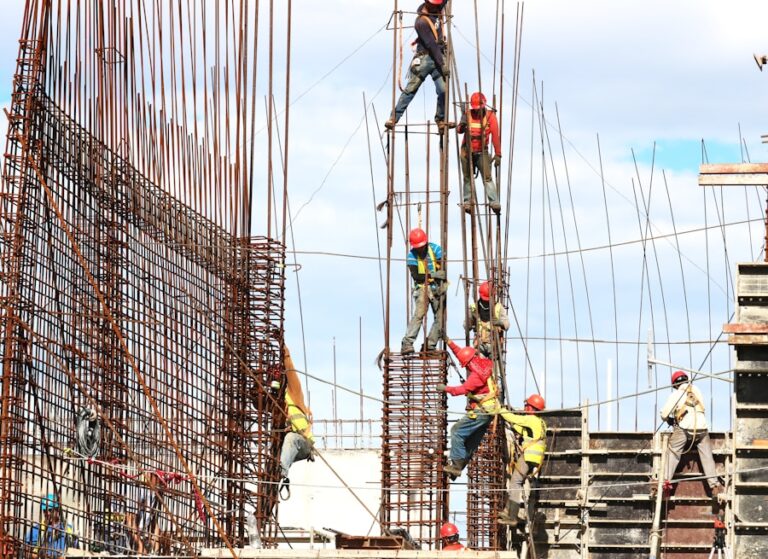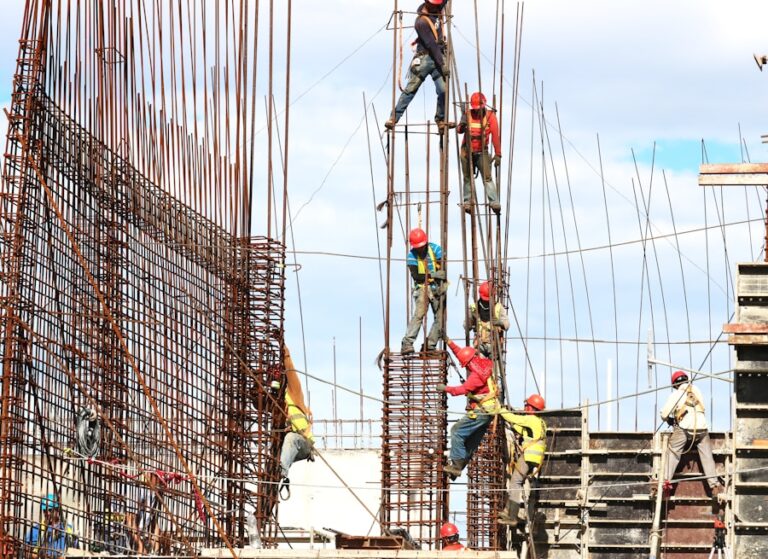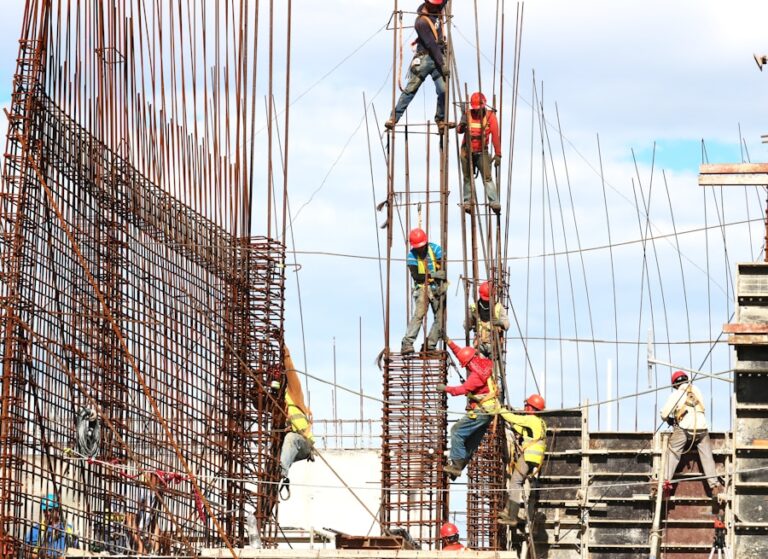Balinese architecture is a unique and distinctive style that is deeply rooted in the island’s rich cultural and religious traditions. The design of traditional Balinese buildings is characterized by its use of natural materials, intricate carvings, and ornate decorations. The layout of Balinese homes and temples is often centered around a courtyard, with separate pavilions for different functions such as sleeping, cooking, and religious ceremonies. The roofs of Balinese buildings are typically thatched with alang-alang grass or covered with intricately carved wooden shingles. Balinese architecture also incorporates elements of Hindu symbolism, with statues, shrines, and water features playing a central role in the design of the space.
In addition to its unique architectural style, Balinese design also emphasizes harmony with nature and the surrounding environment. Traditional Balinese buildings are designed to be open and airy, with large windows and doors that allow for natural light and ventilation. The use of natural materials such as wood, stone, and bamboo further connects the buildings to their natural surroundings. Balinese architecture also places a strong emphasis on creating a sense of tranquility and serenity, with carefully curated spaces that promote relaxation and contemplation.
Incorporating Traditional Balinese Elements into Your Villa
When designing a villa in Bali, it is important to consider how to incorporate traditional Balinese elements into the overall design. One way to do this is by incorporating a central courtyard or garden area, which can serve as the focal point of the villa and provide a space for outdoor living and entertaining. Traditional Balinese pavilions can also be incorporated into the design, providing separate spaces for sleeping, dining, and relaxation. These pavilions can be connected by covered walkways or open-air corridors, creating a sense of flow and connection between the different areas of the villa.
Another way to incorporate traditional Balinese elements into a villa is through the use of traditional materials and craftsmanship. Balinese woodcarvings, stone carvings, and intricate tile work can be used to add decorative elements to the villa, creating a sense of authenticity and cultural richness. Additionally, incorporating traditional Balinese furniture and textiles can further enhance the overall aesthetic of the space. By carefully selecting and integrating these elements into the design, it is possible to create a villa that feels both luxurious and deeply connected to its cultural roots.
Choosing the Right Materials for Your Bali Villa
When designing a villa in Bali, it is important to carefully consider the materials that will be used in the construction and finishing of the space. Traditional Balinese architecture makes extensive use of natural materials such as wood, stone, bamboo, and thatch, which not only connect the buildings to their natural surroundings but also provide a sense of warmth and authenticity. When selecting materials for a Bali villa, it is important to prioritize sustainability and durability, as well as their ability to withstand the tropical climate and frequent exposure to sunlight and humidity.
One popular material used in Balinese architecture is alang-alang grass, which is often used for thatching roofs. This natural material provides excellent insulation and ventilation, helping to keep the interior spaces cool and comfortable. Additionally, locally sourced hardwoods such as teak and mahogany are commonly used for flooring, doors, and furniture, adding a sense of luxury and elegance to the villa. Stone is another important material in Balinese architecture, often used for walls, floors, and decorative elements such as carvings and statues. By carefully selecting and combining these materials, it is possible to create a villa that not only looks beautiful but also stands the test of time in Bali’s tropical climate.
Maximizing Natural Light and Ventilation in Your Villa
One of the key principles of Balinese architecture is its emphasis on natural light and ventilation. Traditional Balinese buildings are designed to be open and airy, with large windows and doors that allow for ample natural light to enter the space. This not only helps to reduce the need for artificial lighting but also creates a sense of connection to the surrounding environment. When designing a villa in Bali, it is important to prioritize maximizing natural light and ventilation in order to create a comfortable and healthy living environment.
There are several strategies that can be used to maximize natural light and ventilation in a Bali villa. One approach is to carefully consider the placement and size of windows and doors in order to optimize the flow of air and light throughout the space. Additionally, incorporating features such as skylights, clerestory windows, and open-air courtyards can further enhance natural light and ventilation. Another important consideration is the use of shading devices such as overhangs, pergolas, and louvers, which can help to control the amount of sunlight entering the space while still allowing for natural ventilation. By carefully considering these factors during the design process, it is possible to create a villa that feels bright, airy, and connected to its natural surroundings.
Creating Indoor-Outdoor Living Spaces
One of the defining features of Balinese architecture is its seamless integration of indoor and outdoor living spaces. Traditional Balinese buildings are designed to blur the boundaries between the interior and exterior, creating a sense of connection to nature and the surrounding environment. When designing a villa in Bali, it is important to prioritize creating indoor-outdoor living spaces that allow residents to fully embrace the tropical climate and lush landscape.
There are several ways to create indoor-outdoor living spaces in a Bali villa. One approach is to incorporate large sliding glass doors or folding glass walls that can be opened up to connect interior rooms with outdoor patios or gardens. This allows for a seamless transition between indoor and outdoor spaces, creating a sense of flow and connection throughout the villa. Additionally, incorporating covered outdoor living areas such as verandas or pavilions can provide shelter from the sun and rain while still allowing residents to enjoy the beauty of the natural surroundings. By carefully considering the layout and design of these spaces, it is possible to create a villa that feels open, spacious, and deeply connected to its tropical setting.
Designing a Relaxing and Tranquil Landscape for Your Villa
In addition to the design of the villa itself, it is important to carefully consider the landscaping surrounding the property in order to create a relaxing and tranquil environment. Traditional Balinese landscapes are characterized by their lush tropical vegetation, serene water features, and carefully curated gardens. When designing a villa in Bali, it is important to prioritize creating a landscape that complements the architecture while also providing a sense of peace and tranquility.
One way to create a relaxing landscape for a Bali villa is by incorporating water features such as ponds, fountains, or swimming pools. Water has deep cultural significance in Balinese tradition and is often used as a symbol of purification and renewal. By incorporating water features into the landscape, it is possible to create a sense of serenity and calmness throughout the property. Additionally, carefully selecting and arranging tropical plants such as palms, frangipani trees, and flowering shrubs can further enhance the beauty of the landscape while providing shade and privacy for residents. By creating a landscape that prioritizes natural beauty and tranquility, it is possible to enhance the overall experience of living in a Bali villa.
Balinese-Inspired Interior Design and Decor
The interior design and decor of a Bali villa play a crucial role in creating a sense of luxury, comfort, and cultural richness. Traditional Balinese interior design is characterized by its use of natural materials such as wood, stone, and rattan, as well as its intricate carvings, textiles, and decorative elements. When designing the interior of a Bali villa, it is important to carefully consider how to incorporate these traditional elements while also creating a space that feels modern, comfortable, and luxurious.
One way to incorporate Balinese-inspired interior design into a villa is by using traditional materials such as teak wood for flooring, furniture, and decorative elements. Teak wood is highly prized for its durability, beauty, and rich color tones, making it an excellent choice for creating an authentic Balinese aesthetic. Additionally, incorporating handcrafted textiles such as batik or ikat fabrics can add a sense of cultural richness while also providing warmth and texture to the interior spaces. Another important consideration is the use of decorative elements such as wood carvings, stone statues, or traditional artwork that can further enhance the overall aesthetic of the villa.
In addition to traditional elements, it is also important to consider how to create a sense of comfort and luxury within the interior spaces. This can be achieved through careful selection of furniture, lighting, textiles, and accessories that prioritize both style and functionality. By combining traditional Balinese elements with modern comforts and amenities, it is possible to create an interior space that feels both authentic and luxurious.
In conclusion, designing a villa in Bali requires careful consideration of traditional Balinese architecture and design principles in order to create a space that feels authentic, luxurious, and deeply connected to its cultural roots. By incorporating traditional elements such as central courtyards, pavilions, natural materials, natural light and ventilation strategies into the design process it is possible to create a villa that feels both luxurious yet deeply connected to its cultural roots. Additionally creating indoor-outdoor living spaces that allow residents to fully embrace the tropical climate while also providing shelter from sun or rain can enhance overall experience living in Bali villa.
Creating tranquil landscape with water features such as ponds or fountains along with carefully selected tropical plants can further enhance beauty while providing shade or privacy for residents.
Lastly incorporating traditional materials such as teak wood for flooring or furniture along with handcrafted textiles such as batik or ikat fabrics can add cultural richness while providing warmth or texture within interior spaces.
By carefully considering these factors during design process it is possible to create an authentic yet luxurious Bali villa that provides comfort while embracing cultural roots.


















